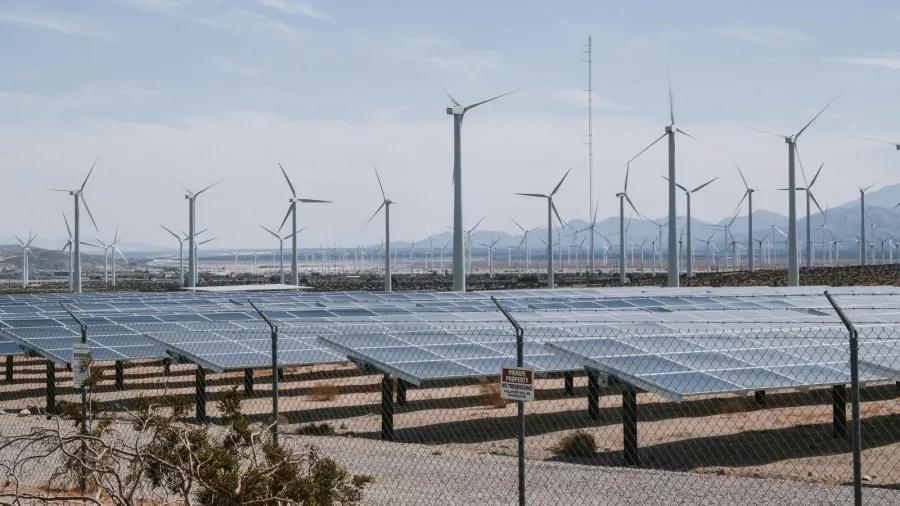
Solar and wind seen to energise 30% of ASEAN’s data centres in 2030
However, slow renewables deployment may affect progress if not addressed.
Solar and wind energy are expected to power up 30% of Southeast Asia’s data centres in 2030, without the need to rely on battery storage.
According to energy think tank Ember, six major economies in the region —Indonesia, Malaysia, the Philippines, Singapore, Thailand and Vietnam—are emerging as global data centre hotspots, with 2.9 gigawatts of new capacity currently in the pipeline.
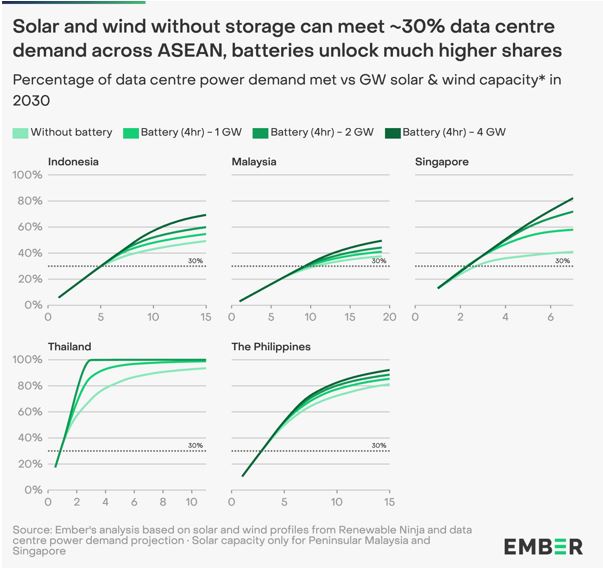
Malaysia is projected to see the fastest growth in data centre electricity use, with demand expected to rise to 68 terawatt-hours (TWh) in 2030 from 9 TWh in 2024.
Emissions from Malaysia’s data centres could increase sevenfold, reaching 40 MtCO2e by 2030, the highest in the region. The Philippines is projected to see a rise of up to 14 times in emissions, whilst Indonesia’s could quadruple.
Ember said that there is a need for “the right mix of policy support, market access and infrastructure planning” to power data centre growth without driving up emissions.
“Prioritising solar and wind power, as well as energy efficiency, supported by strong policies, a national framework for data centres and collaboration, would help ensure data centres drive sustainable digital growth rather than deepen reliance on fossil fuels,” said Shabrina Nadhila, Electricity Policy Analyst for Southeast Asia at Ember.
Whilst large tech companies rely on power purchase agreements (PPAs) to secure clean electricity, smaller operators need better access to flexible options like virtual PPAs and green tariffs. These can also support storage, helping manage the variability of renewables.
“National frameworks, stronger collaboration and better transparency are critical to ensuring that ASEAN’s digital growth also drives progress,” Nadhila said.













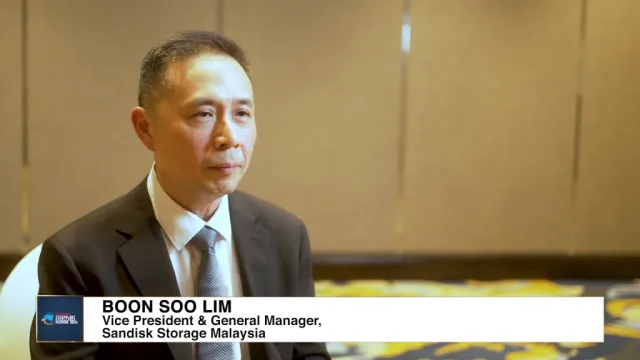
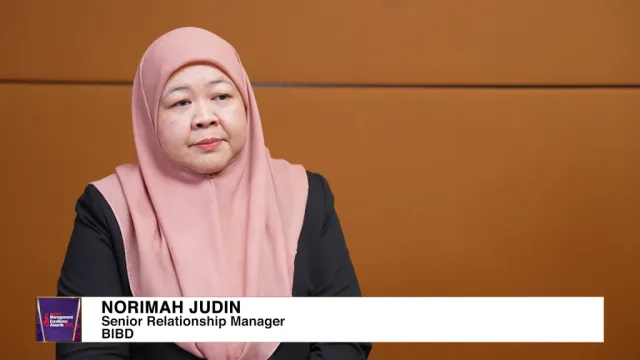
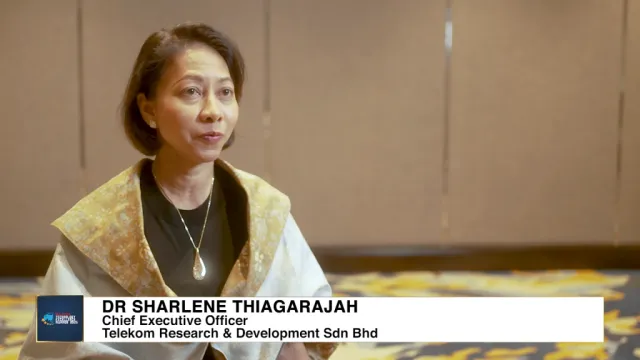

 Advertise
Advertise








